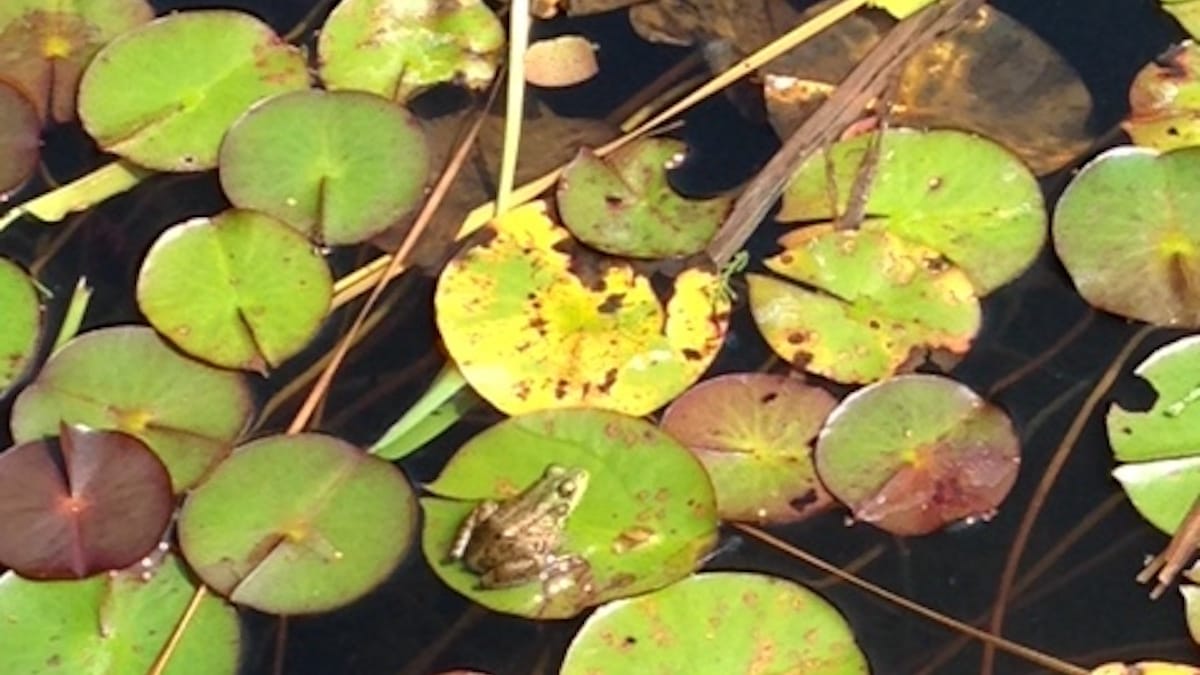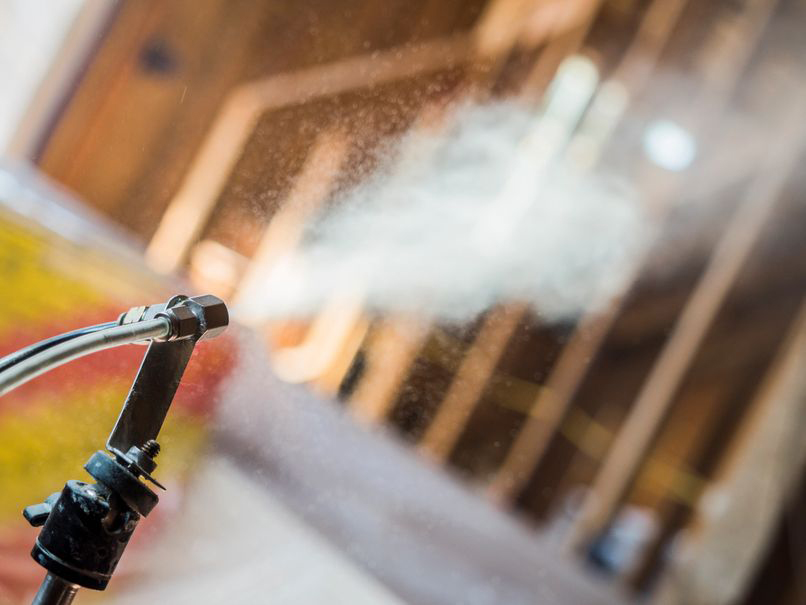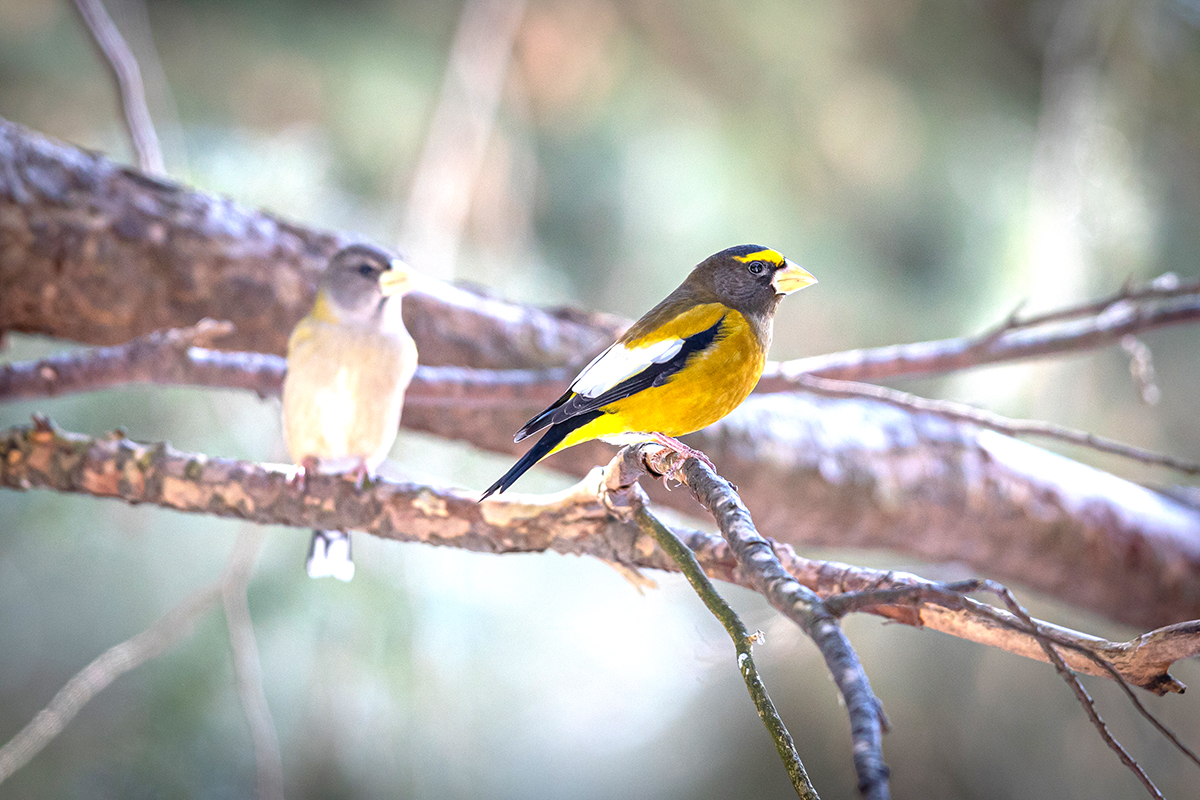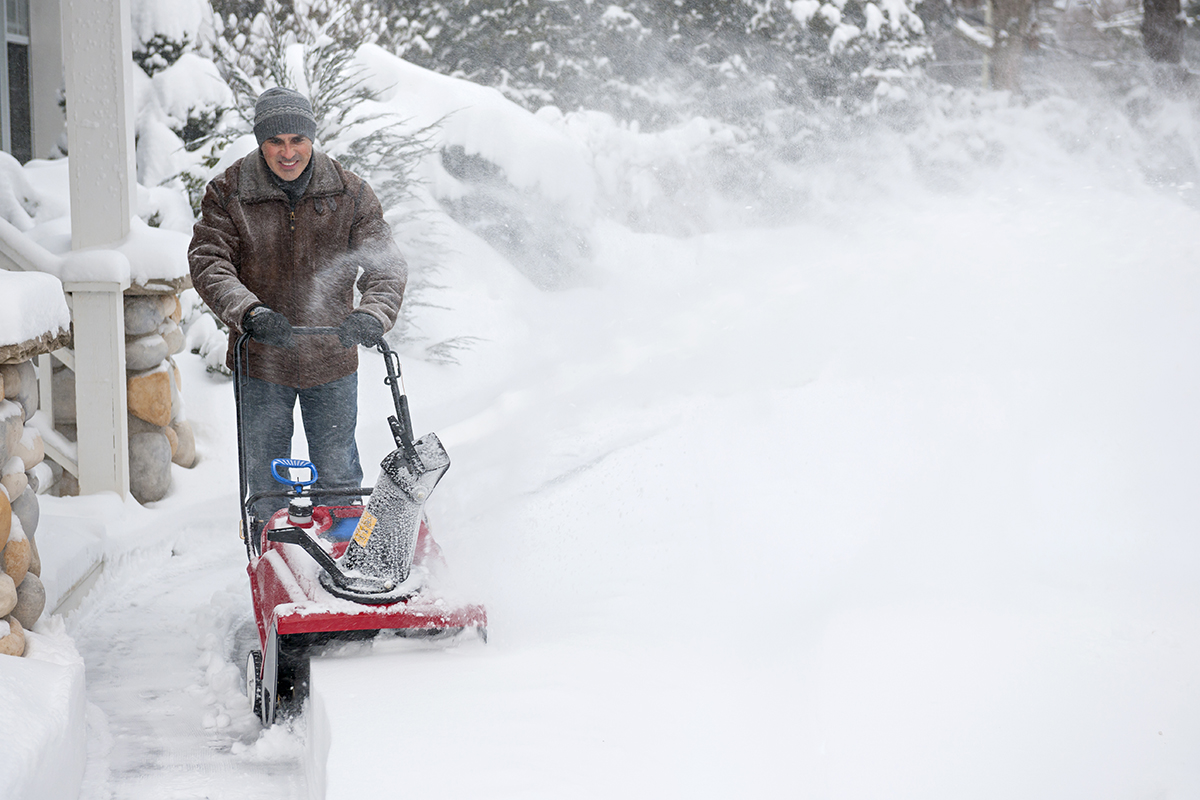WRITER & PHOTO | JULIE FORD
Michigan summers are teeming with both countless outdoor activities and party-crashing mosquitoes. Those occasionally disease-carrying winged needles with a voracious “need to feed” can make both yard work and entertaining miserable. On the bright side, there are ways to bring peace to outdoor living by limiting the lifecycle of and exposure to the more than 40 species of mosquitoes found in Michigan.
Mosquitoes have existed in North America for more than 100 million years. If they were eliminated, humans would rejoice, but myriad other critters would suffer in losing a food source. It is only female mosquitoes that have a penchant for blood; the males favor nectar, like bees, and live only to mate. Females lay eggs one at a time, forming a sticky, elongated stack of about 200 eggs loosely resembling a large grain of rice. Eggs are laid in water, where they turn into larvae within 48 hours. In the water, larvae feed on organic matter during several molting stages, and when the fourth molt occurs, they change into pupae before emerging as the adult pest we are most familiar with.
Herein lies the number one way to limit mosquitoes in the yard: Get rid of any standing water sources. Backyard pools aren’t the problem (chlorine is the deterrent), but unchanged bird baths, water bowls for family pets, clogged gutters, leaky air conditioners, empty pots, uneven tree stumps – anything outside with water-holding capability is a potential “mosquito nursery” for thousands of babies. There is no need to drain the ornamental pond, just stock it with gambezi, aka “mosquitofish” for their ravenous appetite for insect larvae.
Around the home, inspect window screens and repair any holes. Have the kids put their yard toys away – an errant upturned Frisbee is a breeding ground waiting to happen. Maintaining a trimmed landscape also means fewer hiding spots for resting adults. Avoid using insecticides, however, as these can wipe out beneficial insects (bees, butterflies) and wreak havoc on both animals and humans. Replace your outdoor bulbs with yellow “bug lights” that tend to attract fewer mosquitoes than typical lighting. While bug zappers are useless against mosquitoes, pricey mosquito traps are effective, ideally in the largest of yards. Also, because they aren’t strong fliers, adding an oscillating fan to the deck can help you enjoy a mosquito-free evening.
Though Little Brown Bats consume many mosquitoes, their intake alone is not enough to completely control the mosquito population. The Big Brown Bat is the most common bat in Michigan, but one look at its toothy grin indicates large crunchy June bugs are far more satisfying than mosquitoes. Waterfowl will consume larvae, and insect-eating migratory birds will eat mosquitoes as well, but their impact is minimal.
For personal defense against bites, the Environmental Protection Agency (epa.gov) offers a search tool to identify the mosquito repellant to meet individual needs. In addition to repellents, clothing treated with permethrin can be effective and wearing loose, light-colored clothing covering arms and legs can help. While DEET is still the “gold standard” in mosquito repellant, it’s best to spray it only on clothing and avoid contact with skin. In addition to chemical repellents, the EPA lists oil of lemon- eucalyptus as an effective natural deterrent, and researchers are testing catnip’s efficacy as a viable mosquito repellent.
So, even though our basic human functions – body heat, breath, and sweat – serve as the “come and get it” signal to mosquitoes, with deterrents in place, you can still relish beautiful summer nights outside free of the biting menaces.
Essential Oil Mosquito Repellent
Using a 4-ounce dark glass spray bottle, add the following in order:
- 55 Drops Lemon Eucalyptus essential oil
- 15 Drops Cedarwood essential oil
- 15 Drops Lavandula Angustifolia essential oil
- 15 Drops Rosemary essential oil
- 2 Tbsp. Everclear (151 Proof grain alcohol)
- 2 Tbsp. Jojoba oil
Shake well before each use and reapply every few hours.
Courtesy of DIYNatural.com








